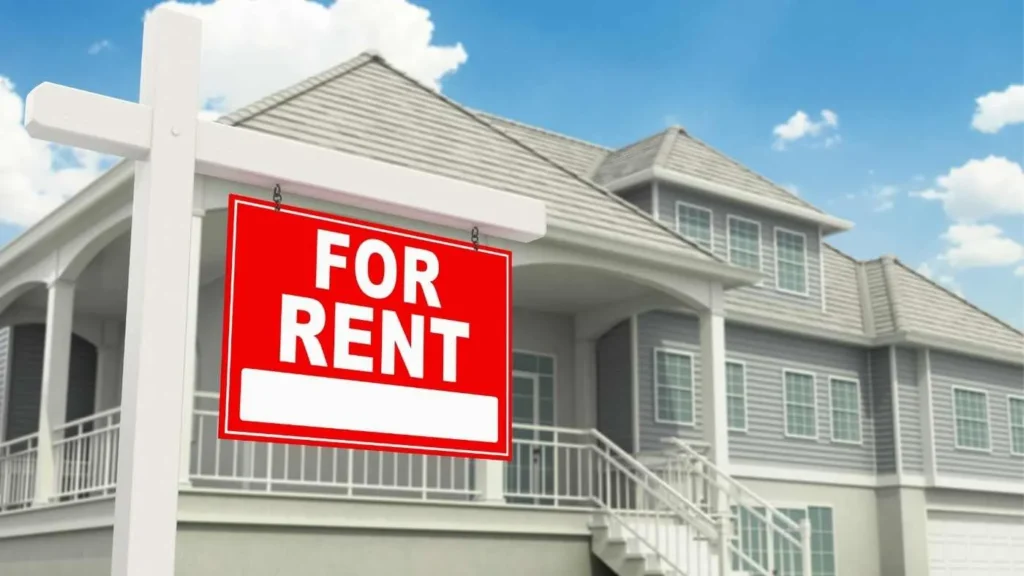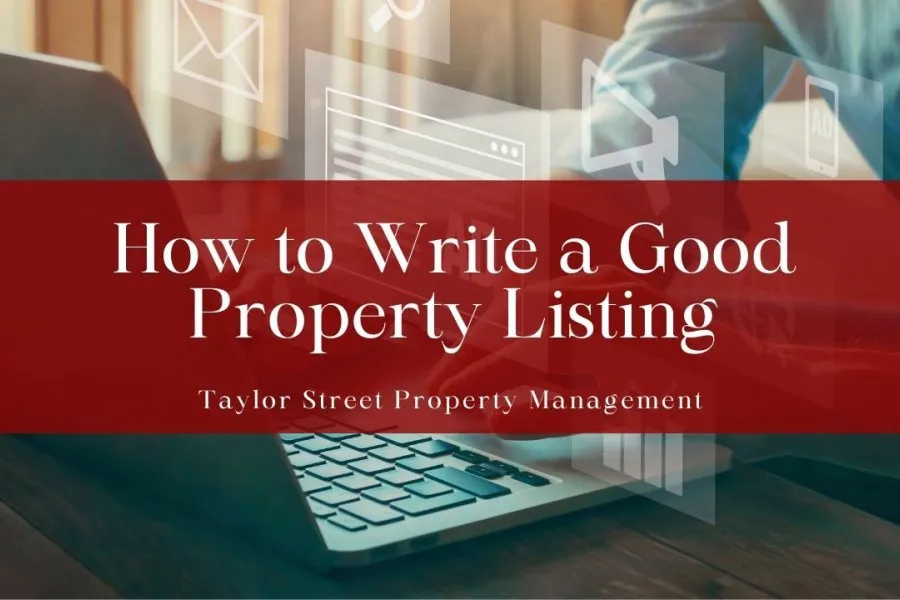Writing a good property listing is key when it comes to renting out your property. You’ll want to create a great listing that attracts the attention of a prospect when they are scrolling through listing sites.
In today’s article, we’ll walk you through 7 tips on how to write good property listings.
1. Write a Great Headline
This is the first thing that the readers will see. It’s your chance to stop them from continuing to scroll through other listings. As such, make it punchy and enticing by using the right words.
As a general rule of thumb, make sure that the headline covers two important things. One is the location of the home, and two speaks of the property’s best feature. You’ll also want to make it as concise as possible. The following are a few examples for inspiration:
- Newly Built Home with Secluded Lakefront Views.
- A Modern Home with Classic Appeal in Phoenix, Arizona.
- A Newly Remodeled Home in a Quiet Neighborhood, Minutes from the Phoenix Art Museum.
There are also certain things that you want to avoid including in your headline. For one, you want to keep away from exaggerations. Exaggerating your headline could make you come across as disingenuous.
Another thing you want to avoid in your headlines is using all caps or the color red, as a reader will perceive you as shouting which could be off-putting.

2. Make Your Opening Statement Compelling
You want to give a prospect a good enough reason to open your rental ad because it could be among hundreds of others. A good opening statement will make a prospect want to stop and read what your ad has to say.
Using the right descriptive words can help you in this regard. Be specific and avoid using vague jargon. Also, make sure to mention the best feature your property has that makes it stand out from the rest. The following are some examples of compelling opening statements:
- A Classic Tudor Home with New Hardwood Floors on a 60,000-square-foot Ravine Lot.
- A Stunning 3 Bedroom Waterfront dream Condo that even allows your Family Dog!
Ultimately, a prospect will be most interested in what makes your property stand out from the rest. If your opening statement isn’t engaging, they will continue with their search.
3. Be Selective with the Words Used in your Property Descriptions
This is where you’ll want to use words that help a reader visualize living in the home. Avoid using vague terms that don’t add value to your rental listing. Such words can include amazing or fantastic.
Instead, you’ll want to use the right adjectives that generate interest. Such adjectives include well-maintained, updated, renovated, luxurious, quaint, and dramatic. Besides adjectives, using certain verbs can also help you communicate a strong sense of action. You may also want to sprinkle some exclamation points to communicate excitement. But don’t overdo it.

Now, with a good list of words to use, begin drafting your message. Tell a compelling story that weaves all the important facts into an engaging narrative.
4. Make sure to Mention your Property’s Unique Features
Don’t just mention one unique feature in your opening statement and stop there. Use the property description section to provide prospects with more reasons to choose your property. The following are examples of unique features you may want to mention in your listing’s description:
- Energy-efficient appliances
- Hardwood flooring
- Granite countertops
- Large windows offering plenty of natural light
- Newly painted walls
- Updated new roof
5. Keep your Listing Brief yet Detailed
Being specific and concise is the name of the game! No prospect wants to get bogged down by an unending wall of text. Also, some listing services have restrictions on the word count. To be on the safe side, keep your rental listings below 200 words.
Pack only the essential information that a prospective tenant will be most interested in. Therefore include details like the number of bedrooms and bathrooms, the square footage, the monthly rental price, and the location of the property.
Also, don’t forget about the features that make the property stand out from the competition. Let prospects know of the neighborhood, as well. This is important as people need to envision themselves not only in the unit but in the community they’re moving to.

6. Keep Away Negative Language or Tone
Steer clear of mentioning any flaws your property may have. Renters, just like homebuyers, are emotional and tend to ignore listings with negative language. Even if your property may require some updates, don’t mention that in the listing.
This is not to say that you should lie. But no matter what flaws your property may have, there are always ways you can spin them to your advantage. For instance, you can rebrand a small kitchen as an efficient one. You can also market a small bedroom as a potential playroom or office. A tiny yard can also mean low maintenance.
Ultimately, it’ll be in your best interest to keep your rental ad upbeat regardless.
7. Go Through the Ad to Make Sure it’s Perfect
Proofread, proofread, proofread! Look through the text using a critical lens. Even better, share the text with a professional, like a property manager, for some honest feedback. The following are some of the issues a professional property manager may be able to point out:
- Punctuation and grammar issues
- Bad photography
- Poor rental descriptions
- Language that doesn’t abide by the Fair Housing Act
Additionally, a good property manager may be able to advise you on the best ways to market the listing for a wide reach.
Bottom Line
A great property listing is key to generating interest in your rental home. If you still find the process daunting, Taylor Street Property Management can help. We can not only help you draft a winning rental ad, but we can also help you in all other aspects associated with managing a rental property. Get in touch to learn more about our property management services!


